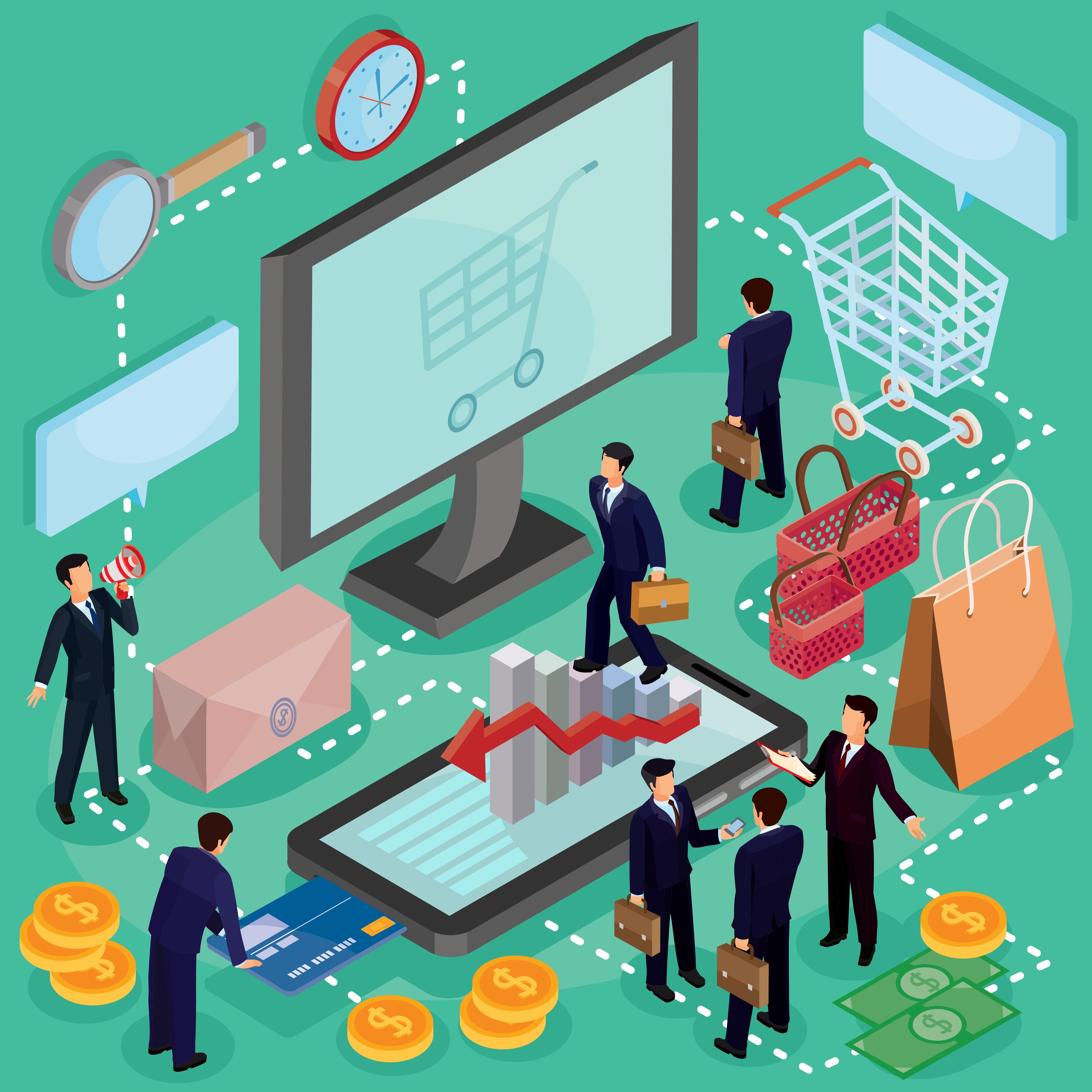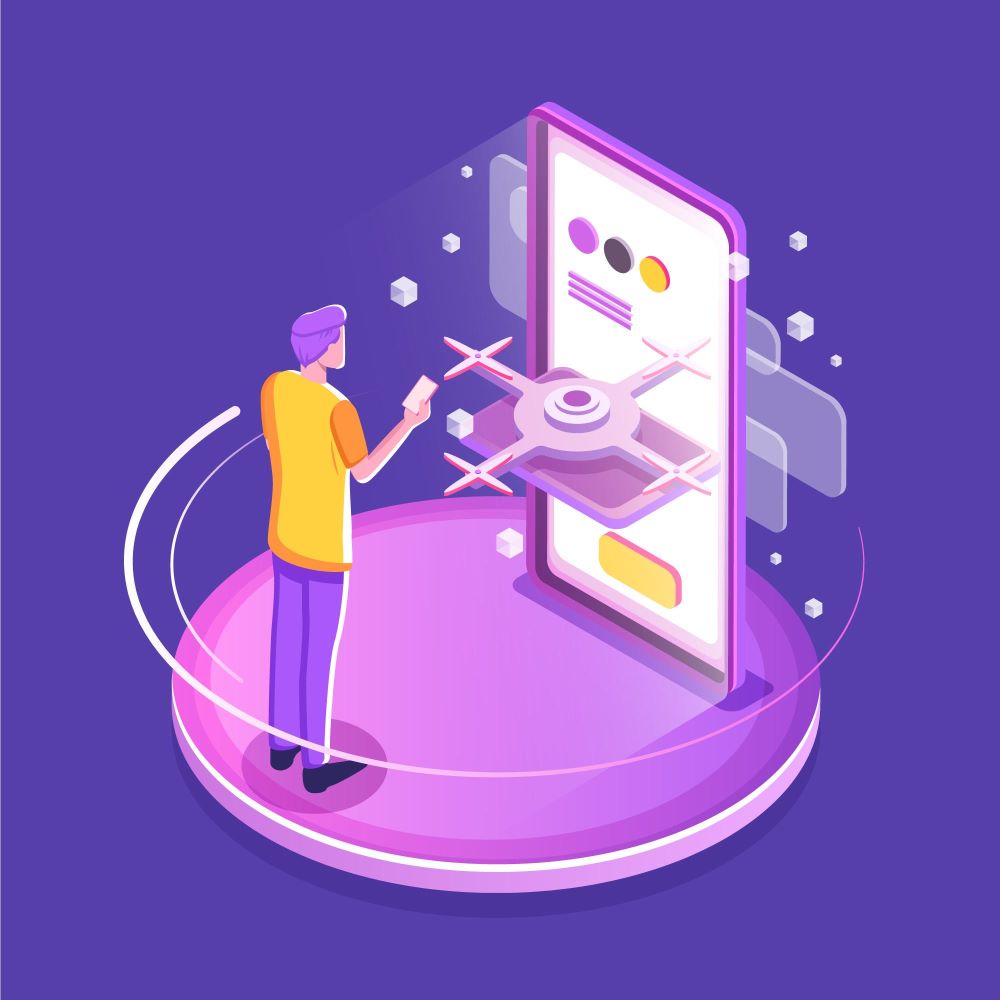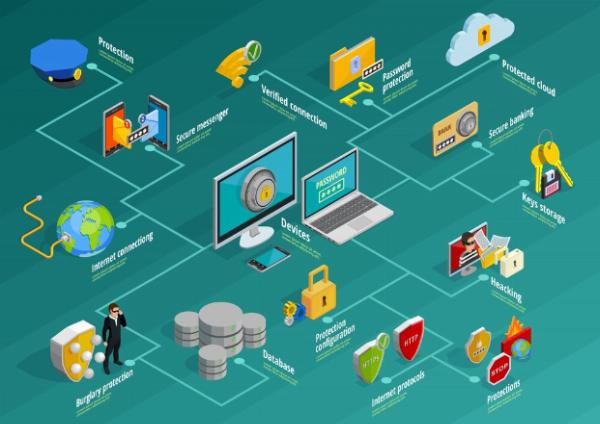 Affiliate Blog Copy – Sell Without Selling. Earn More Now!
Affiliate Blog Copy – Sell Without Selling. Earn More Now!
How AI is Revolutionizing the Future of Transportation: Key Innovations to Watch
Written by tracey » Updated on: June 17th, 2025

The transportation industry is undergoing a transformative shift, with artificial intelligence (AI) at the forefront of this evolution. From autonomous vehicles to predictive maintenance, AI is playing a critical role in reshaping how we move goods and people. This article will explore key innovations that are revolutionizing the future of transportation, with a particular focus on the role of AI in transportation.
1. Autonomous Vehicles: The Future of Mobility
One of the most prominent innovations in AI-driven transportation is the development of autonomous vehicles (AVs). These self-driving cars rely on AI algorithms, sensors, cameras, and radar systems to navigate roads, make real-time decisions, and avoid obstacles. The goal of AVs is to enhance road safety, reduce accidents caused by human error, and improve traffic efficiency.
Key Technologies Behind Autonomous Vehicles
Machine Learning (ML) and Deep Learning (DL): These AI technologies enable AVs to recognize objects, such as pedestrians, vehicles, and road signs, and make split-second decisions.
Computer Vision: AI systems use cameras and computer vision algorithms to interpret visual data, allowing AVs to understand their surroundings.
Sensor Fusion: By combining data from multiple sensors (such as LiDAR, radar, and cameras), AVs can create a comprehensive picture of the environment.
While fully autonomous vehicles are still in the testing phase, companies like Tesla, Waymo, and Uber are pushing the boundaries of what's possible. The future promises a world where AI in transportation leads to safer and more efficient mobility.
2. AI-Powered Traffic Management and Smart Cities
As urban populations grow, traffic congestion becomes a significant challenge. AI offers innovative solutions to manage traffic flow more effectively. AI-powered traffic management systems analyze vast amounts of data from various sources, including cameras, sensors, and GPS devices, to optimize traffic signals and predict congestion patterns.
Smart Traffic Lights
One of the most exciting applications of AI in traffic management is smart traffic lights. These systems can adjust the timing of signals based on real-time traffic conditions, reducing waiting times and easing congestion. For example, cities like Los Angeles and Singapore have implemented AI-driven traffic control systems that have significantly improved traffic flow.
Predictive Analytics for Traffic
AI-driven predictive analytics can forecast traffic conditions and suggest alternative routes to avoid congestion. This technology is becoming increasingly integrated into GPS navigation systems, offering real-time updates to drivers and reducing the overall travel time.
The integration of AI in transportation within smart cities is not only improving traffic management but also reducing carbon emissions by minimizing idle time and unnecessary fuel consumption.
3. Predictive Maintenance and Fleet Management
In the logistics and transportation industries, fleet management is a critical component of ensuring the smooth operation of vehicles. AI in transportation is being leveraged to revolutionize fleet management through predictive maintenance.
How Predictive Maintenance Works
AI systems analyze historical data from vehicles, such as engine performance, fuel efficiency, and maintenance records, to predict when a vehicle is likely to require repairs. By identifying potential issues before they become serious problems, companies can avoid costly breakdowns and extend the lifespan of their vehicles.
Benefits for Fleet Operators
Reduced Downtime: Predictive maintenance minimizes unexpected breakdowns, ensuring that vehicles spend more time on the road and less time in the repair shop.
Cost Savings: By addressing maintenance issues early, companies can avoid expensive repairs and replacements.
Improved Safety: Well-maintained vehicles are less likely to experience accidents or failures, improving safety for drivers and passengers alike.
AI-powered fleet management is a game-changer for logistics companies, helping them optimize their operations and reduce overall costs.
4. AI in Public Transportation
Public transportation systems are also benefiting from AI advancements. Buses, trains, and subways are integrating AI to enhance the passenger experience, improve efficiency, and reduce operational costs.
AI-Powered Route Optimization
AI algorithms can analyze passenger data, traffic conditions, and historical trends to optimize bus and train routes. This helps reduce travel time, ensure on-time arrivals, and avoid overcrowding during peak hours. For example, AI-powered systems in cities like London and New York are optimizing public transport routes and schedules to enhance efficiency.
Autonomous Buses and Trains
In addition to optimizing routes, AI is also being used to develop autonomous buses and trains. These vehicles operate without human drivers, relying on AI algorithms to navigate through cities and provide reliable transportation for passengers.
Personalized Passenger Experience
AI is being used to personalize the passenger experience in public transportation. For instance, AI-powered mobile apps can provide passengers with real-time updates on bus and train schedules, predict delays, and suggest alternative routes. AI chatbots are also being integrated into public transportation systems to assist passengers with inquiries and provide real-time information.
The future of AI in transportation within the public sector promises a more efficient, reliable, and personalized experience for commuters.
5. AI-Driven Logistics and Supply Chain Optimization
The logistics industry is heavily reliant on transportation for the movement of goods, and AI in transportation is playing a pivotal role in optimizing these processes. AI-driven logistics systems analyze vast amounts of data to improve supply chain efficiency, reduce delivery times, and lower transportation costs.
Route Optimization for Delivery Vehicles
AI-powered route optimization tools analyze factors such as traffic conditions, weather, and delivery locations to determine the most efficient routes for delivery vehicles. This not only reduces fuel consumption but also ensures that goods are delivered on time.
AI in Warehousing
AI is also revolutionizing warehousing operations. AI-powered robots and drones are being used to automate tasks such as inventory management, picking and packing, and order fulfillment. This reduces labor costs, increases efficiency, and minimizes errors in the supply chain.
AI-Powered Freight Management
Freight transportation is a critical component of global trade, and AI is being used to optimize freight management. AI algorithms can predict demand for transportation services, optimize shipping routes, and even forecast potential disruptions in the supply chain.
With AI in transportation, logistics companies can improve the efficiency and reliability of their operations, leading to faster delivery times and cost savings.
6. AI in Aviation: Enhancing Safety and Efficiency
The aviation industry is also embracing AI in transportation to enhance safety, efficiency, and passenger experience. From AI-powered flight planning to autonomous drones, AI is revolutionizing air travel.
AI-Powered Flight Planning
AI algorithms analyze data from weather reports, air traffic, and aircraft performance to create optimized flight plans. This ensures that flights are more fuel-efficient, arrive on time, and avoid turbulence. AI-powered flight planning systems are helping airlines reduce fuel consumption, lower operational costs, and enhance the overall passenger experience.
Autonomous Drones for Delivery
In the realm of air transportation, autonomous drones are being used for tasks such as package delivery and surveillance. Companies like Amazon and UPS are testing autonomous drones for last-mile delivery, where AI algorithms guide the drones to their destinations. These drones can navigate complex environments, avoid obstacles, and deliver packages with minimal human intervention.
Predictive Maintenance in Aviation
Similar to fleet management in logistics, AI-driven predictive maintenance is being used in aviation to monitor aircraft performance and predict when maintenance is required. This ensures that aircraft remain in optimal condition, reducing the risk of mechanical failures and enhancing safety.
The integration of AI in transportation within the aviation sector promises to make air travel safer, more efficient, and more sustainable.
7. AI and the Future of Sustainable Transportation
AI is not only revolutionizing the efficiency of transportation systems but also playing a crucial role in the development of sustainable transportation solutions. As concerns about climate change and carbon emissions continue to grow, AI is being leveraged to reduce the environmental impact of transportation.
Electric and Autonomous Vehicles
AI is driving the development of electric and autonomous vehicles, which produce zero emissions and rely on renewable energy sources. These vehicles are expected to play a critical role in reducing the transportation sector's carbon footprint.
AI in Urban Planning
AI-powered urban planning tools are helping cities design more sustainable transportation systems. By analyzing data on population growth, traffic patterns, and environmental factors, AI systems can suggest sustainable solutions, such as bike-sharing programs, electric vehicle charging stations, and pedestrian-friendly infrastructure.
Reducing Fuel Consumption
AI-driven fuel optimization systems are being used to reduce fuel consumption in traditional vehicles. These systems analyze data on driving habits, traffic conditions, and vehicle performance to suggest ways to minimize fuel usage and reduce emissions.
The future of AI in transportation is closely tied to sustainability, with AI playing a central role in the development of eco-friendly transportation solutions.
Conclusion
The integration of AI in transportation is revolutionizing the way we move people and goods, making transportation systems more efficient, safer, and sustainable. From autonomous vehicles to AI-powered traffic management, the innovations discussed in this article represent just the beginning of what's possible.
As AI technology continues to evolve, we can expect even more groundbreaking advancements in the transportation sector. These innovations will not only improve mobility but also contribute to a more sustainable and connected world.
Note: IndiBlogHub features both user-submitted and editorial content. We do not verify third-party contributions. Read our Disclaimer and Privacy Policyfor details.
Copyright © 2019-2025 IndiBlogHub.com. All rights reserved. Hosted on DigitalOcean for fast, reliable performance.













